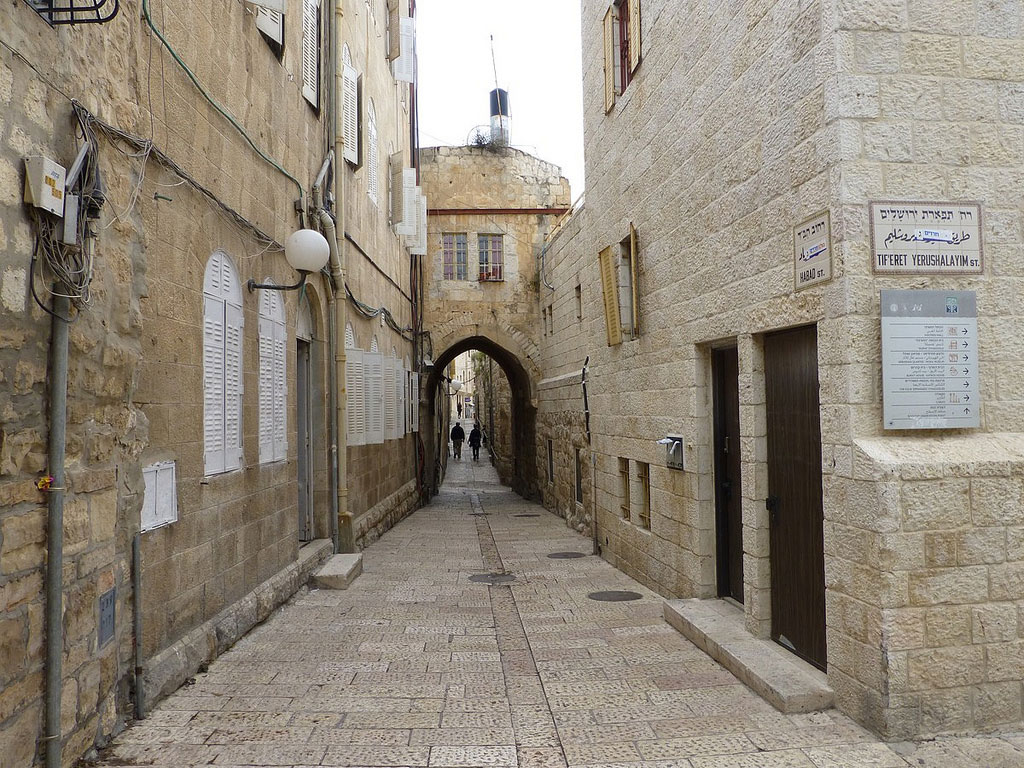
Sensible shoes are a must, both for cobblestone streets and rough terrain at popular sights. Photo © Paul Arps, licensed Creative Commons Attribution.
There are distinct high and low seasons in this region. The high season is in April-October (approximately from Passover through Sukkot on the Jewish calendar) and the low season is in November-March. Check the calendar carefully before planning your trip with an eye out for major Jewish, Christian, and Arab holidays. The airfare and cost of hotels will be much higher during those times, and many businesses and tourist sites will be closed or have shorter hours.
The three most challenging times to visit are during the Jewish holiday of Passover week (approximately the end of March), which ends in the Christian holiday of Easter Sunday, and during the week of the Jewish holiday of Sukkot (approximately the end of October). The month-long Muslim holiday of Ramadan, around July-August, depending on the year, puts a bit of a damper on any sightseeing related to Arab sites and in Arab regions.
A generally good period to visit, when it is not too hot and not too cold, and there are not too many holidays to affect the opening and closing of sites is any time in April-June.
Try to avoid visiting Jerusalem during August, when the heat coupled with the chaos of annual vacations and events among local residents makes for an overwhelming (not in a good way) experience. Essentially, the city becomes extremely crowded everywhere, to the extent that you might see entire families of ultra-orthodox Jewish children on vacation swimming in public fountains.
Many countries have a visa waiver agreement with Israel, including the United States, Canada, and the United Kingdom, which means you only need to purchase a roundtrip ticket or an exit ticket to show your impending departure. You will be issued a visa upon entering Israel. Your passport must be good for at least six months past the date of your departure from the country.
Women should be aware of two things: It is windy and the streets are full of old cobblestones. That means that loose, flowing skirts above the knee and shoes with a heel higher than two inches will present challenges. Stick to skirts that are either below the knee or more fitted, so they won’t blow up in Jerusalem’s perpetual mountain breeze, and wear lower-heeled or flat shoes, preferably with more support so you won’t twist your ankle while walking on the uneven stones.
No matter when you go, take some kind of a light jacket (heavier in the winter months), as it can get cool in many areas during the evening. Also bring a hat, sunglasses, and sunscreen if you have them, or be prepared to buy them once you are here.
Excerpted from the First Edition of Moon Jerusalem & the Holy Land.